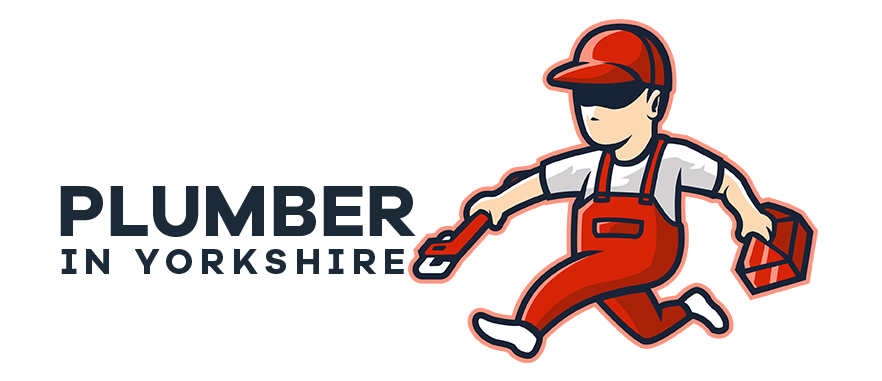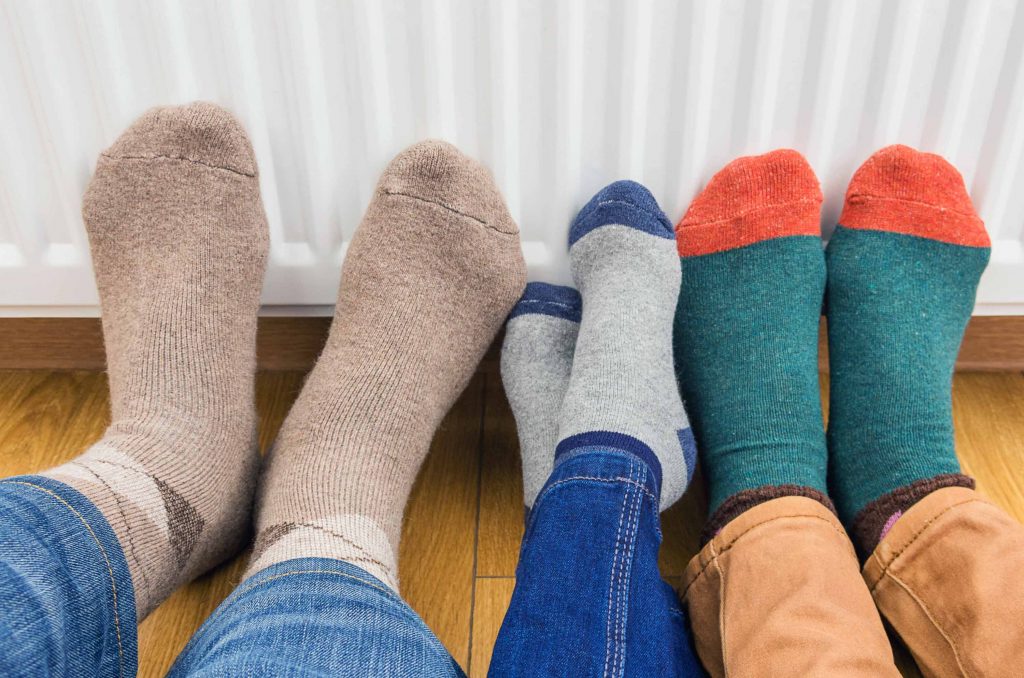Need help with your radiators?
Proper maintenance of your home’s heating system is crucial for ensuring its efficiency and longevity. One essential task that often gets overlooked is bleeding the radiators. In this guide, we’ll walk you through the simple process of bleeding a radiator and discuss when it’s the right time to do so
Proper maintenance of your home’s heating system is crucial for ensuring its efficiency and longevity. One essential task that often gets overlooked is bleeding the radiators. In this guide, we’ll walk you through the simple process of bleeding a radiator and discuss when it’s the right time to do so
Why Bleeding Radiators is Important
Radiators can accumulate air over time, leading to reduced heat output and uneven heating. Bleeding a radiator is the process of releasing trapped air, allowing hot water to flow freely and efficiently throughout the system. This not only improves heating performance but also helps lower energy bills by ensuring your system operates at its best.
When to Bleed a Radiator
Cold Spots on Radiators
If you notice certain areas of your radiator are colder than others, it’s a clear sign that air has built up and needs to be released. Bleeding the radiator will help restore uniform heat distribution.
Strange Noises
Gurgling or banging sounds coming from your radiator indicate the presence of trapped air. Bleeding the radiator can eliminate these noises, restoring a quiet and efficient heating system.
Reduced Heat Output
If your radiator isn’t providing as much warmth as it used to, trapped air could be the culprit. Bleeding the radiator will allow hot water to circulate properly, improving its heating capacity.
How to Bleed a Radiator: Step-by-Step Guide
1. Turn off the Heating System
Before starting the bleeding process, ensure your heating system is turned off. This prevents hot water from flowing into the radiator while you work.
2. Locate the Bleed Valve
Find the bleed valve, typically located at the top of the radiator. It looks like a small square nut.
3. Use a Radiator Key or Screwdriver
Depending on the type of bleed valve, use a radiator key or a screwdriver to slowly open the valve. Hold a cloth or towel underneath to catch any water that may drip out.
4. Listen for Hissing Sounds
As you open the valve, you may hear hissing sounds. This is the trapped air escaping. Once water starts to flow steadily, close the valve.
5. Check for Pressure
Monitor the pressure gauge on your boiler to ensure it remains within the recommended range. If the pressure is too low, you may need to top up the system.
6. Repeat for Other Radiators
If you have multiple radiators, repeat the process for each one to ensure the entire system is free of trapped air.

